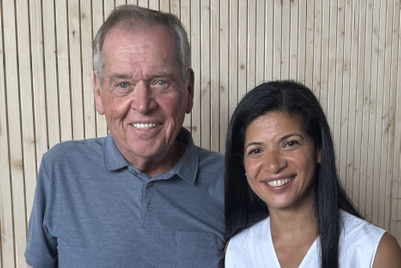
The crackdown has further complicated the troubled relationship between the CSL and sponsors. Thanks to the league’s questionable administration, what should on paper be a mutually beneficial relationship - football is still the most popular spectator sport in the country, despite its many problems - has in reality been anything but.
The CSL has entertained four title sponsors in less than six years. The first of these was Siemens, which joined at the league’s launch in 2004 but pulled out after just one year. In 2005, the league was delayed by one month in a desperate search for a replacement, and was eventually forced to run without a title sponsor. British telecom vendor Iphox came on board in 2006, followed by Chinese brewery Kingway and current incumbent Pirelli.
With Chinese football managed for all intents and purposes as an extension of government, rebuilding its integrity following the latest scandal will mean overcoming a lot of red tape and upsetting a number of deeply entrenched political relationships. But while the bureaucrats struggle to create a cleaner image, there is an argument that advertisers will carry on regardless.
“There are two types of sponsor,” says Marcus Luer, group CEO of Total Sports Asia. “On one hand are brands that are very particular about who they associate with and they will decide that Chinese football is not the place for them due to the constant scandals. On the other hand, you have brands that look at it purely from an audience reach versus cost point of view. Chinese football still delivers lots of eyeballs and due to the scandals it has become cheaper. These brands are less worried about a direct association with the product but take advantage of the large reach.”
Indeed, Pirelli is said to have invested US$6.6 million in the first year of its three-year deal, apparently unaffected by the league’s reputation for corruption, which, as Luer points out, is hardly a recent phenomenon. This amount may be small in comparison to sponsorship agreements in other sporting leagues around the globe, but within the China context, it is an equitable deal.
Terry Rhoads, founder and managing director of Shanghai-based Zou Marketing, agrees, but further argues out that fan loyalty itself cannot be taken for granted. “Big name sponsors ‘fish where the fish are’ so they can forgive the past and return to China soccer - but only if they sense that fan interest has returned and that the federation and pro leagues have become friendly to fans and sponsors alike. Earning the trust of fans won’t be easy and, until the fans do come back, it will be hard for most sponsors to make a real commitment to China soccer.”
Rhoads points to the US example as a way forward. Experts were once sceptical that the US could be a football - or soccer - nation, he says, but the country’s soccer federation made it happen, with help from partners including Nike, ESPN and Gatorade. “China could do the same but first it must clean up the sport, put measures in place that keep corruption in check, and then create its own 20-year business plan with oversights and measurements to evaluate success and adjustments as needed,” he says.
Got a view?
Email [email protected]
This article was originally published in the 11 February 2010 issue of Media.


.jpg&h=334&w=500&q=100&v=20250320&c=1)
.jpg&h=334&w=500&q=100&v=20250320&c=1)

.png&h=334&w=500&q=100&v=20250320&c=1)

.png&h=334&w=500&q=100&v=20250320&c=1)

.jpg&h=334&w=500&q=100&v=20250320&c=1)





.jpg&h=268&w=401&q=100&v=20250320&c=1)



